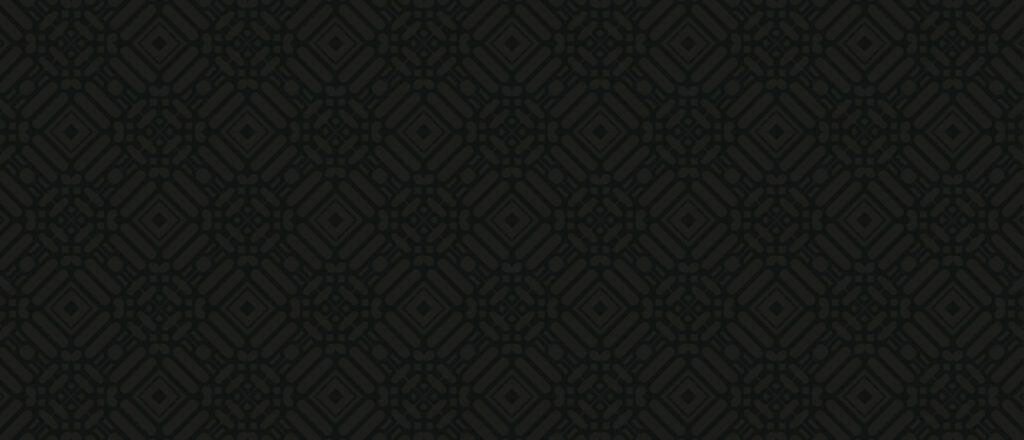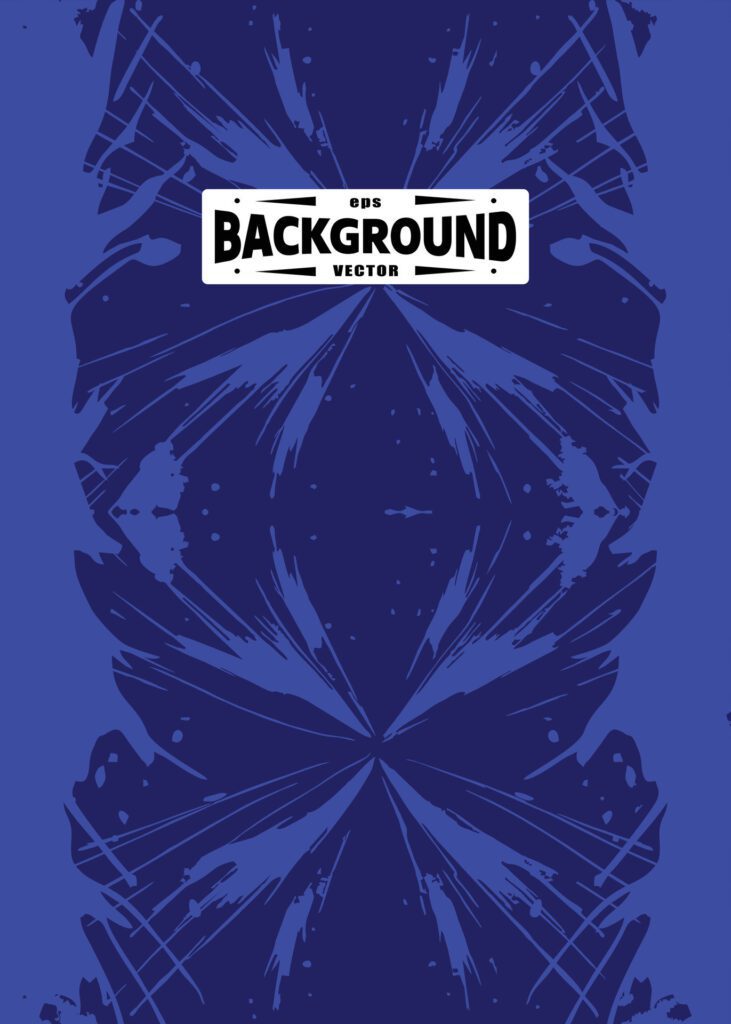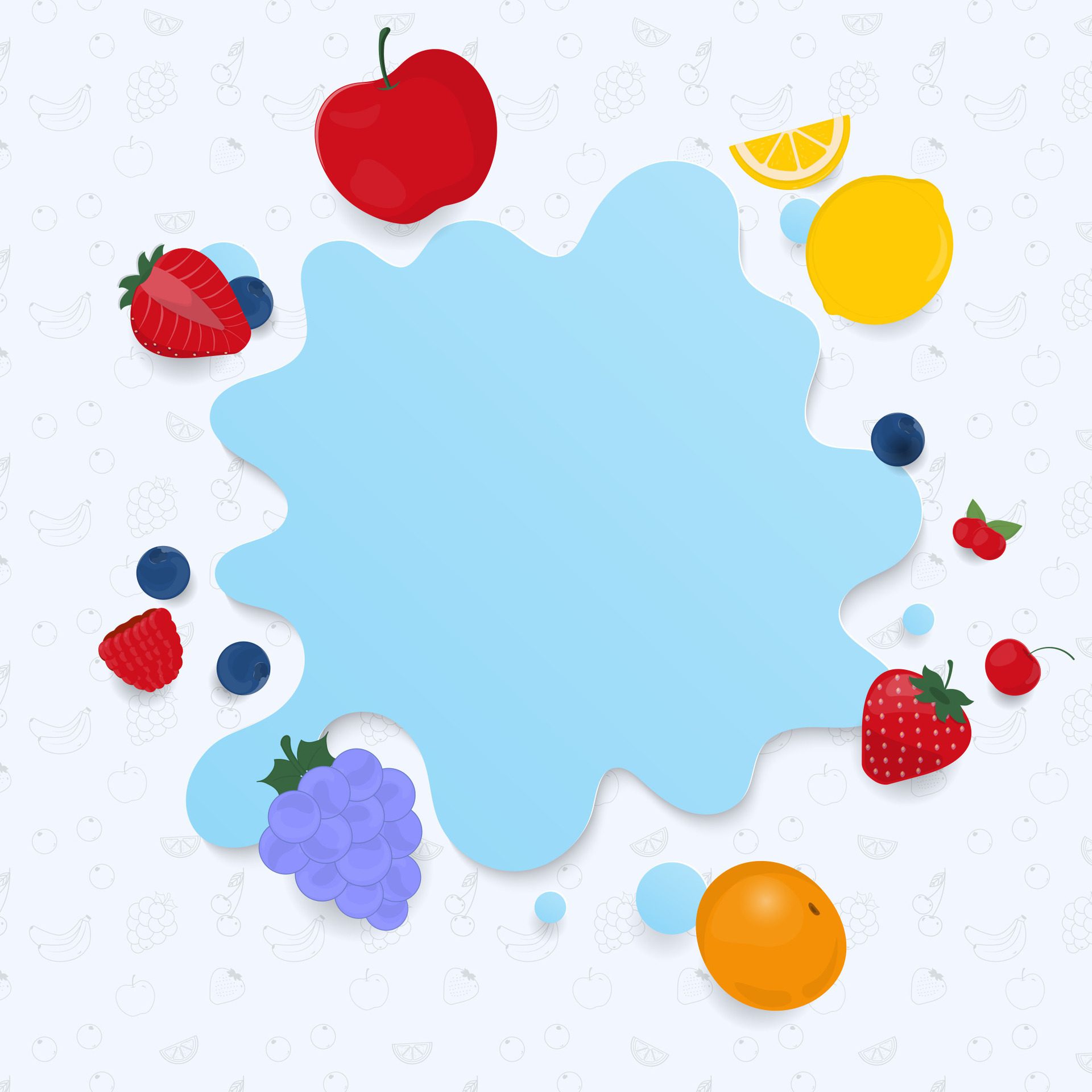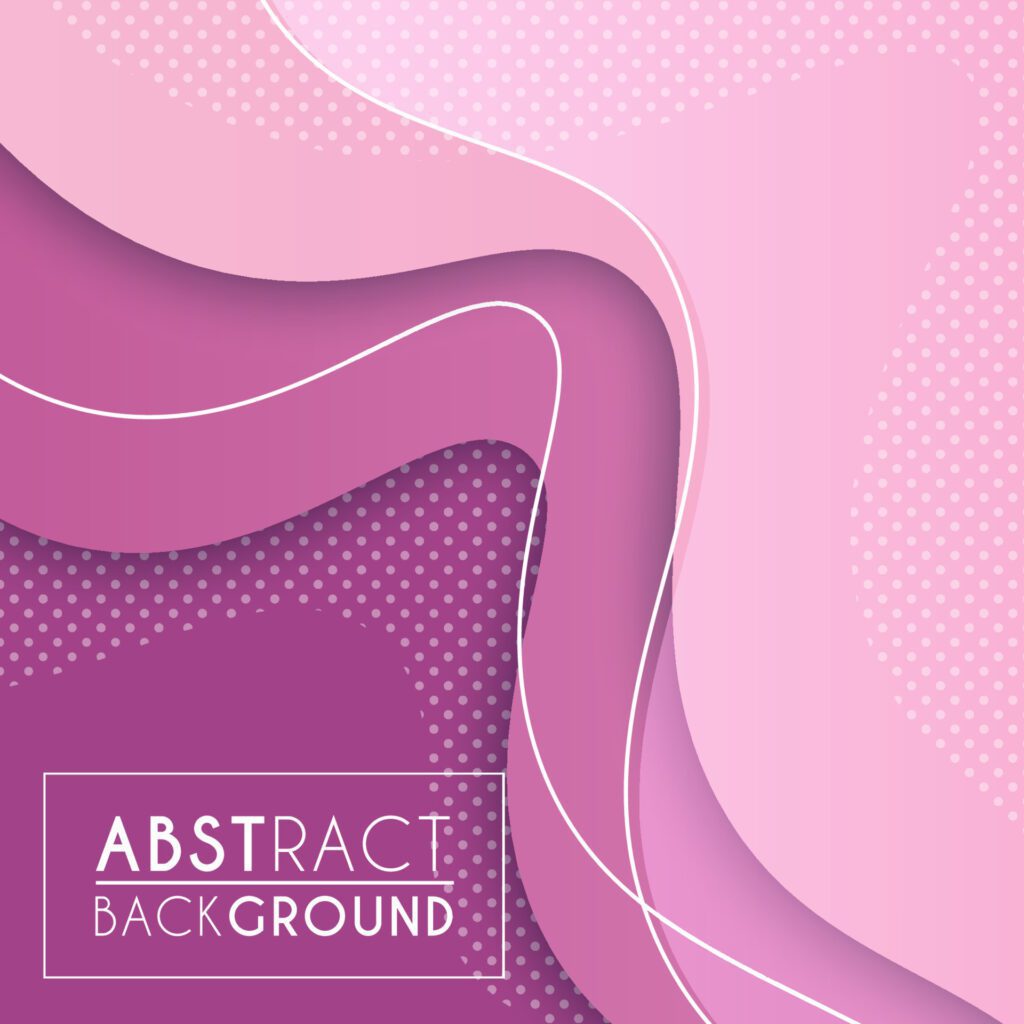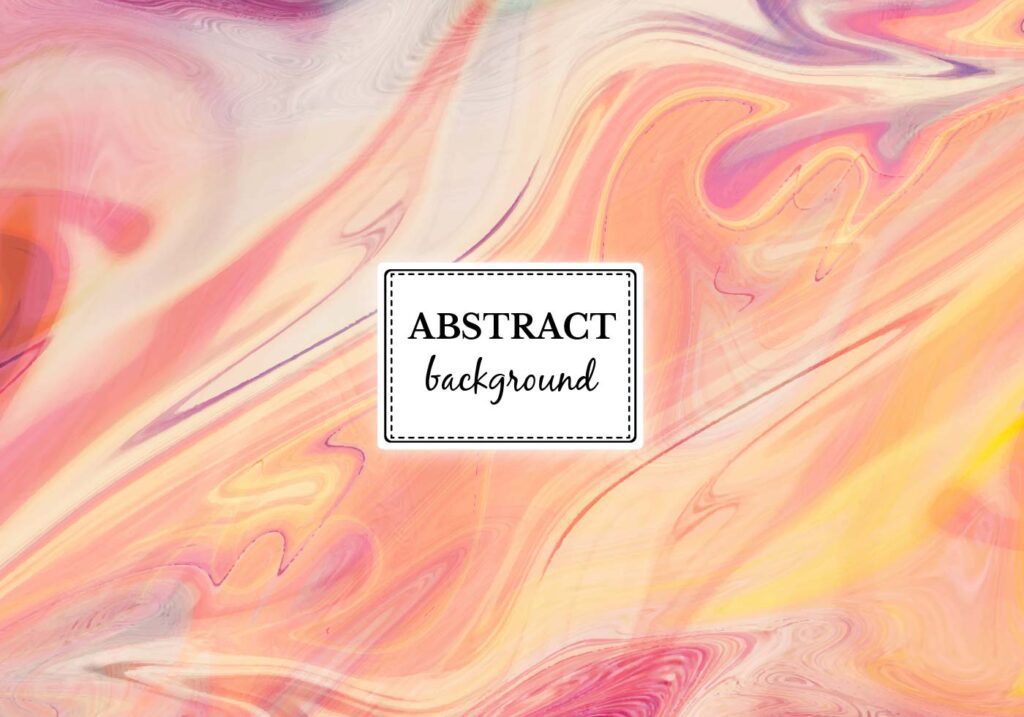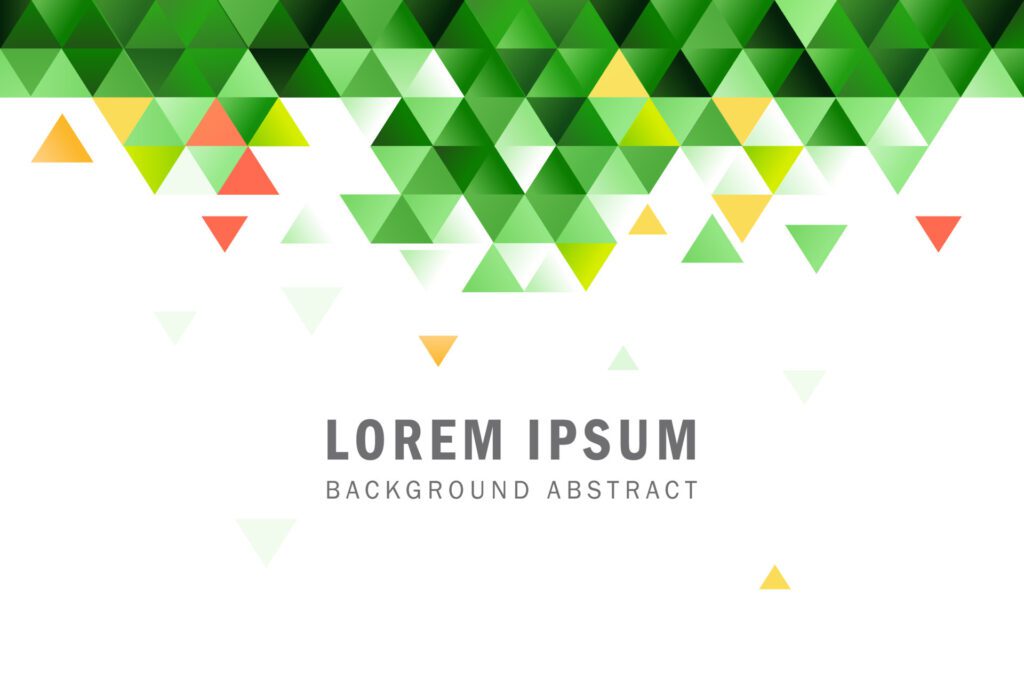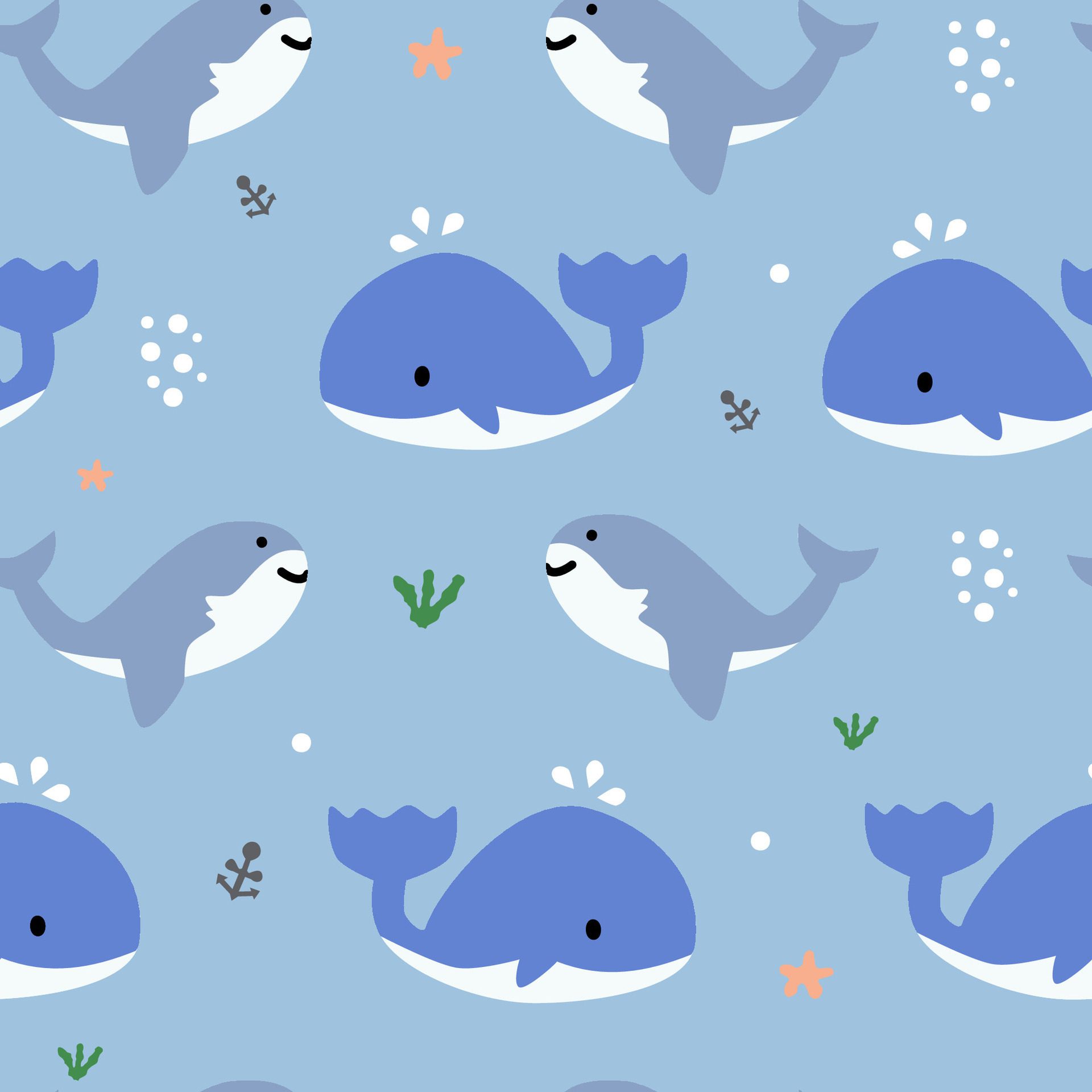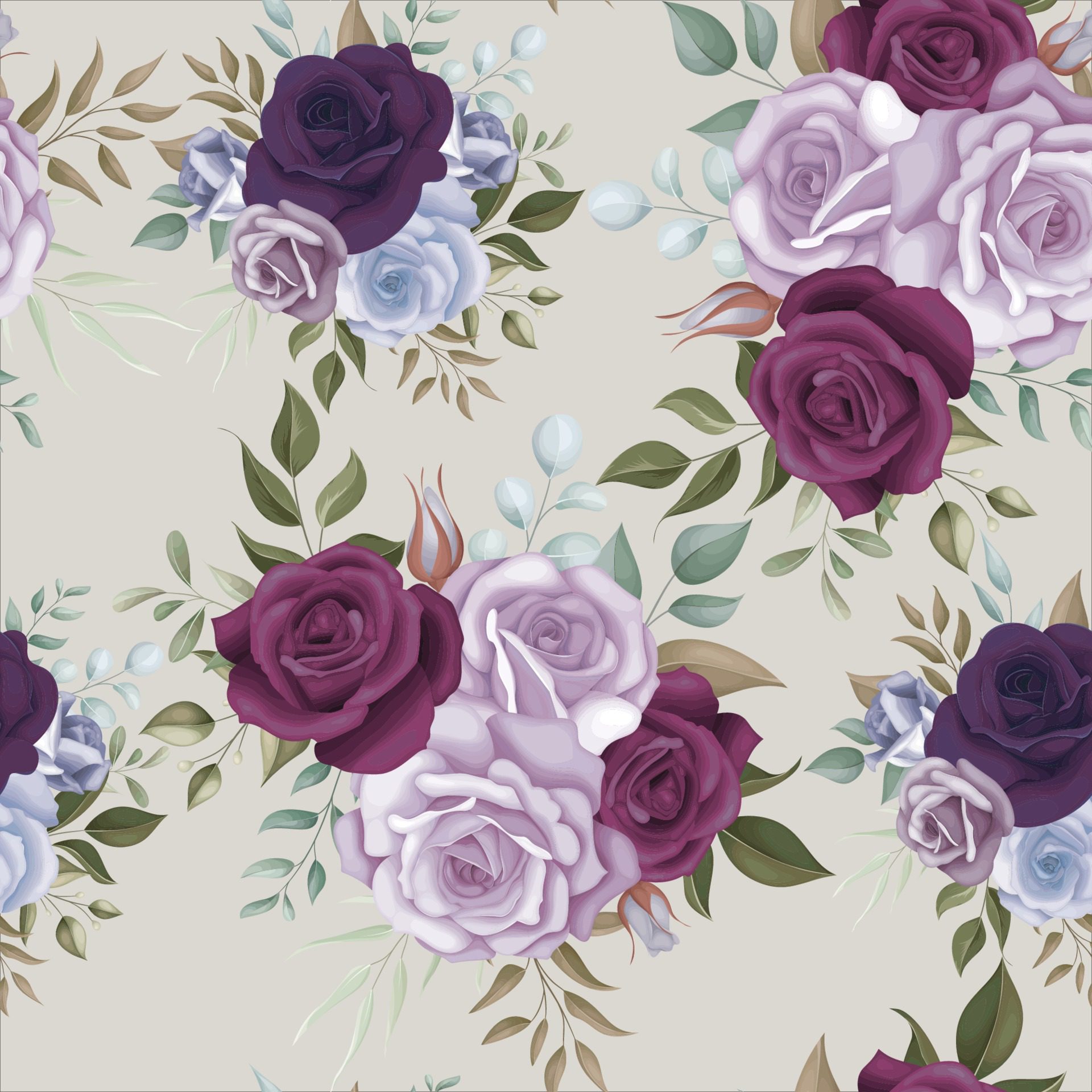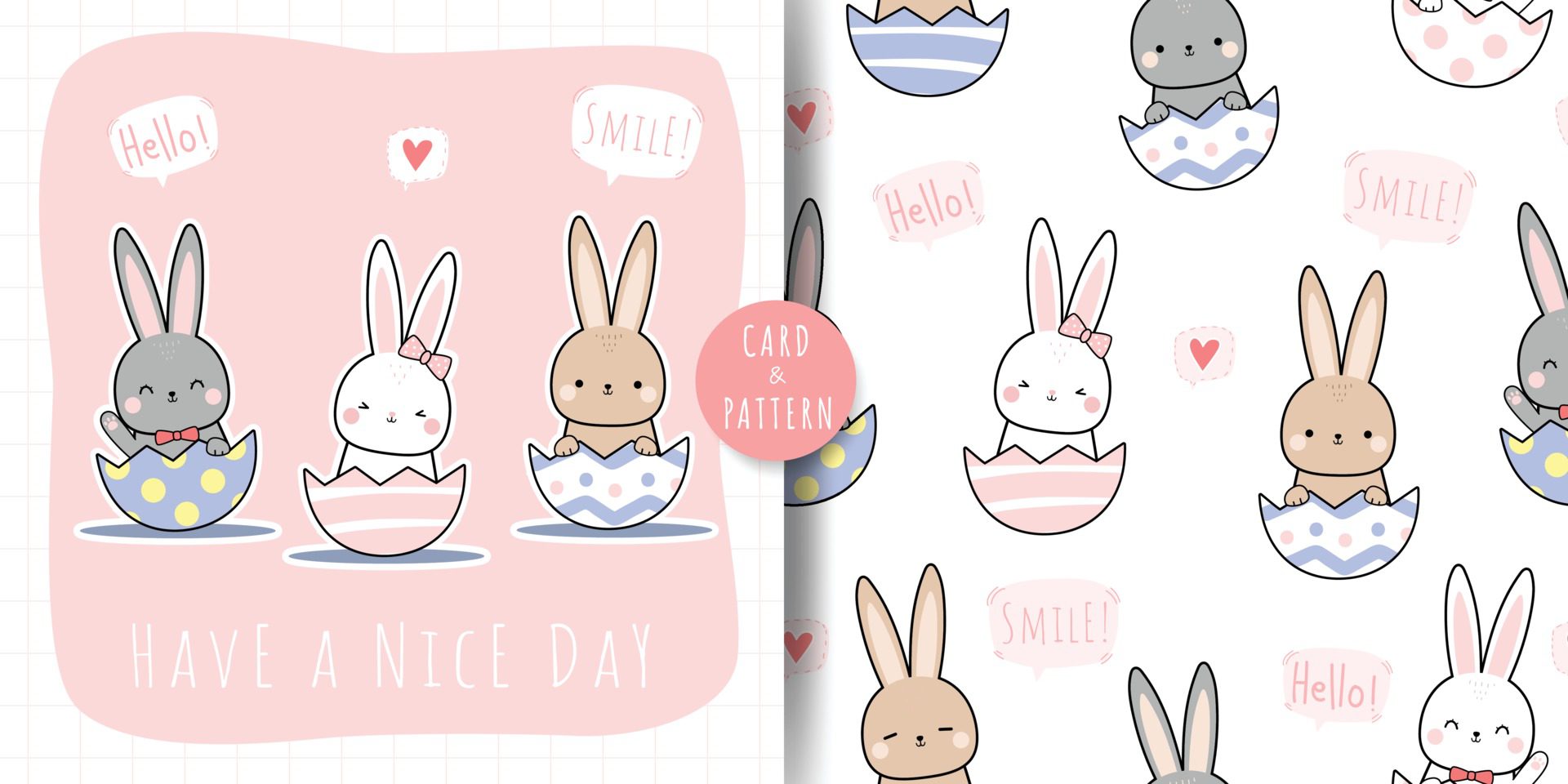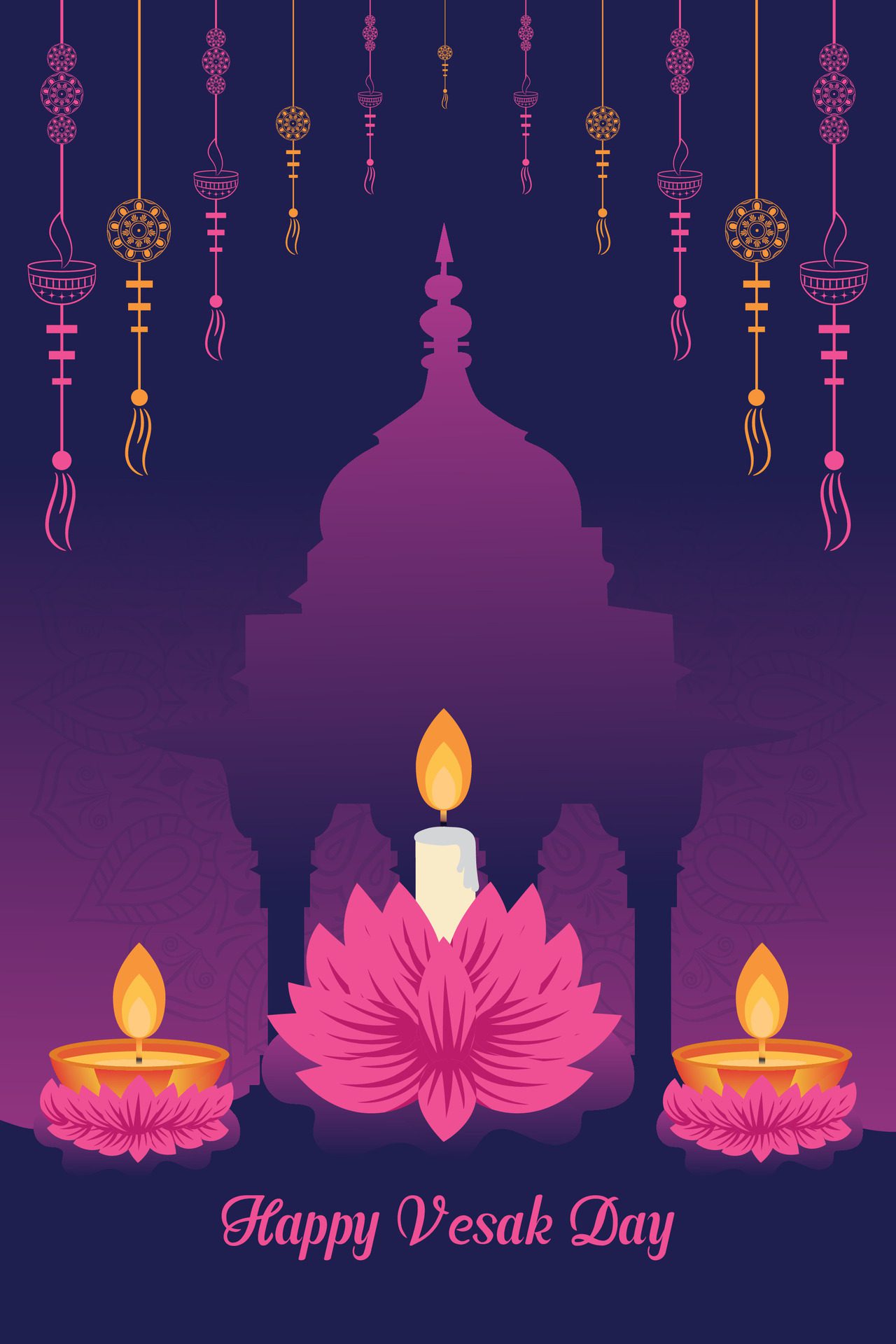Fashion is a complex interplay of various elements that come together to create unique and visually pleasing aesthetics. From color schemes to fabric choices, accessories, silhouettes, and patterns, every element plays a strategic role in the overall design and styling of a garment or outfit. Color is one of the most prominent elements in fashion, capable of evoking specific emotions and associations. Whether it’s bold and vibrant hues or muted tones, color sets the mood and tone for the entire ensemble.
Fabrics and materials are fundamental ingredients in fashion design, determining the texture, drape, and overall feel of a garment. Luxurious silk, breezy cotton, structured denim, or voluminous tulle – the choice of fabric can transform a design from casual to formal or from simple to dramatic. Accessories like bags, belts, hats, scarves, and jewelry serve as the finishing touches to an outfit, adding personality and flair. They are also key in adding functionality and practicality to a look, elevating it from ordinary to distinguished.
Silhouettes define the outline and shape of a garment, capturing the essence of the overall design and enhancing the wearer’s body proportions. Whether it’s a body-hugging sheath dress, a flowy maxi skirt, a tailored suit jacket, or a voluminous ball gown, silhouettes are pivotal in sculpting a fashionable aesthetic. Patterns and prints add visual interest and personality to fashion pieces, ranging from classic stripes and polka dots to intricate florals, geometric designs, and animal prints. They can convey a range of themes and inspirations, from retro nostalgia to futuristic modernity.
In the dynamic world of fashion, trends come and go, but the essential elements remain constant, serving as the foundation for innovative and ever-evolving designs. Designers often elevate these elements and creatively reinterpret them to push the boundaries of style and experimentation. Collaboration across various disciplines such as art, architecture, technology, and cultural movements introduces fresh perspectives and influences into the fashion arena, leading to exciting and boundary-pushing creations.
Fashion’s ability to reflect individual expression, societal values, and historical context underscores its significance beyond mere clothing. It serves as a powerful medium for communication, storytelling, and cultural documentation, shaping identities and provoking conversations. By observing and analyzing the interplay of different fashion elements in both historical and contemporary contexts, we gain insights into the complexities and intricacies of design, styling, and creativity. Fashion is a rich tapestry woven from diverse elements, threads, and inspirations, forming an endless array of possibilities for self-expression and sartorial storytelling. Each element contributes to the holistic vision of a fashion piece, reflecting not only aesthetic preferences but also cultural narratives and social discourses, making it an ever



